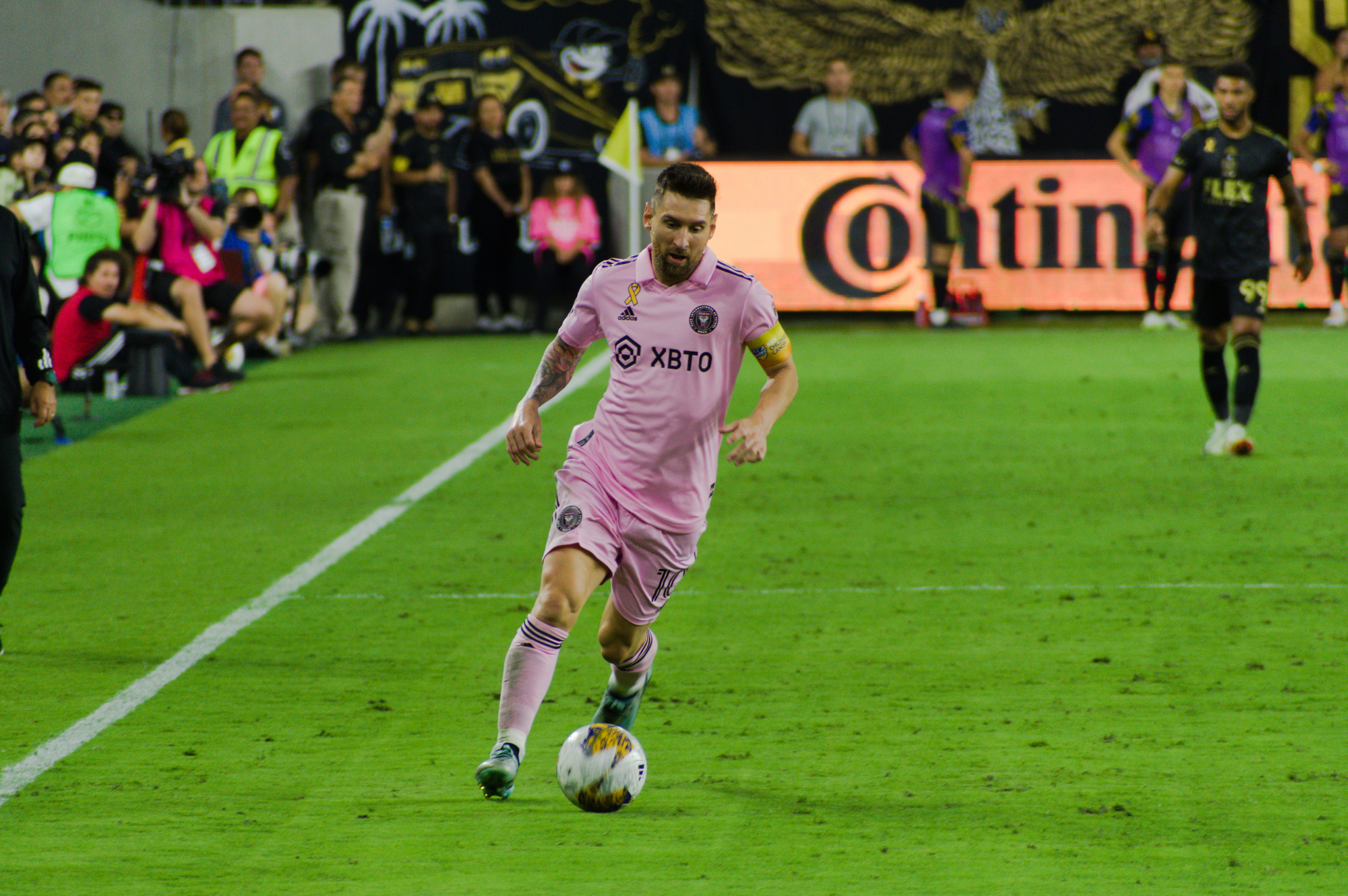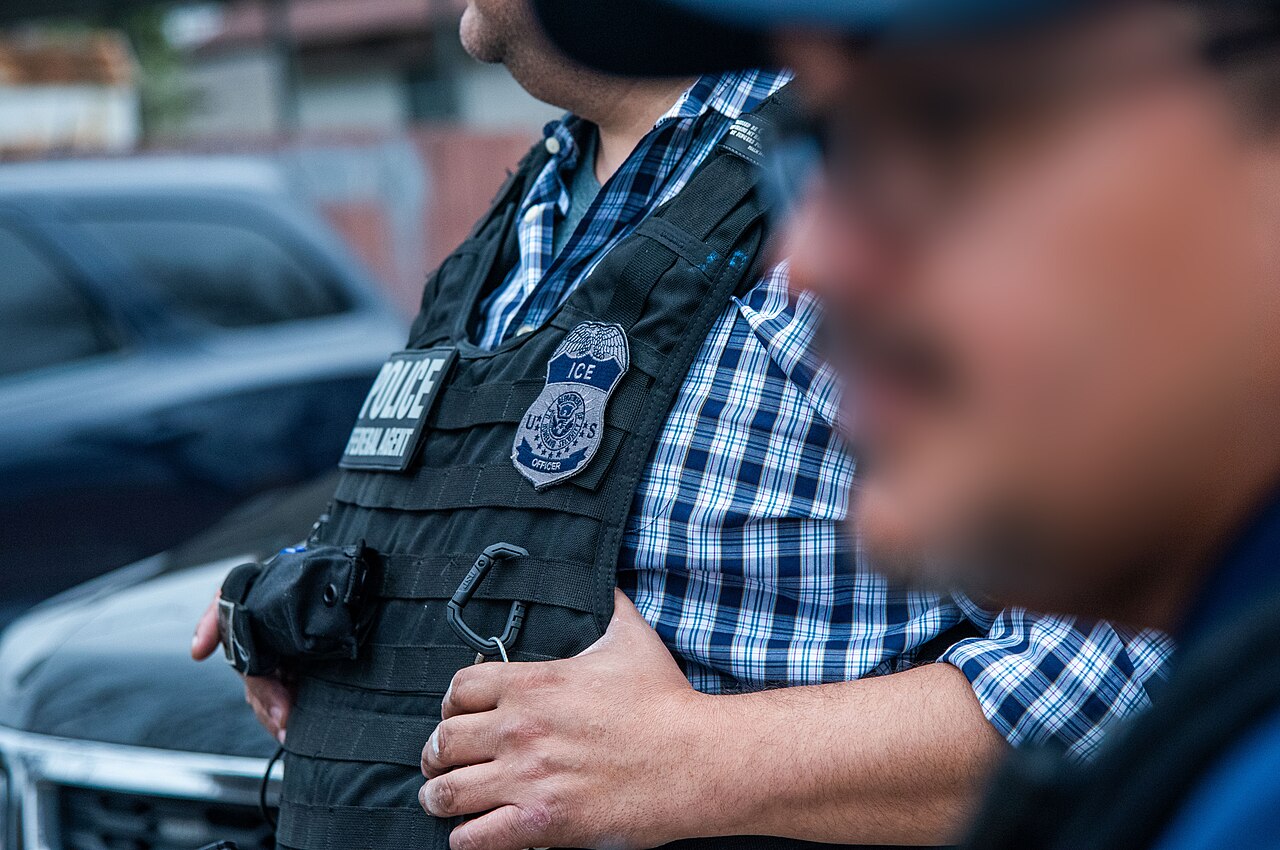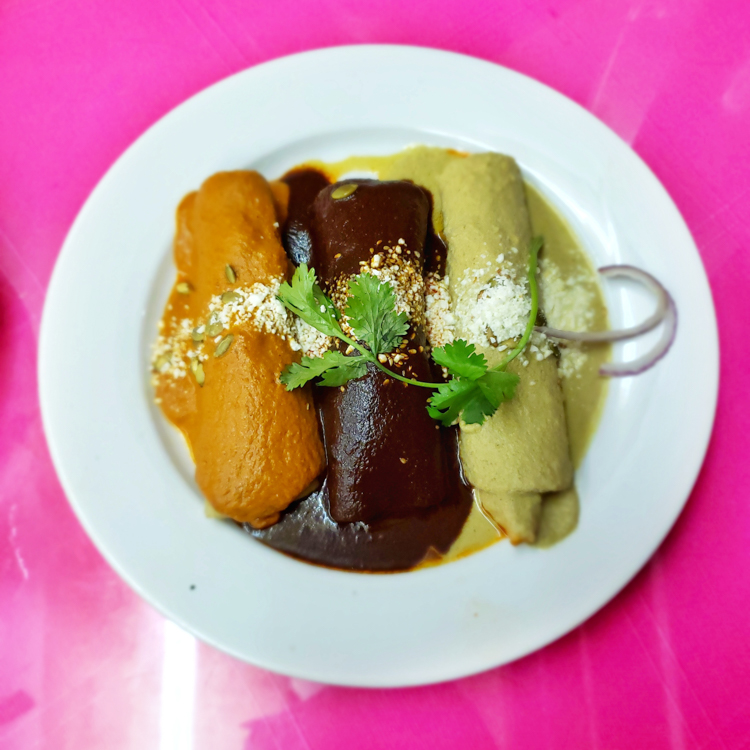Beyoncé spent the long Labor Day weekend in Los Angeles, but it was Lionel Messi who stole all the headlines across the region.
He-who-needs-no-introduction arrived with his new Inter Miami CF team to face LAFC in league play. It was a reunion in a packed and sold-out BMO Stadium that brought former Barcelona FC teammates Messi, Sergio Busquets, and Jordi Alba, who were reunited at Miami, against their old foe, LAFC captain Carlos Vela, who spent years as an attacker at Barcelona’s La Liga rival, Real Sociedad de Fútbol.
The celebrity casuals were there, such as musician BFFs Shavo Odadjian, B-Real, and Eric Bobo, as well as Latin zaddy heartthrobs Jaime Camíl and Mario Lopez. This time, they were joined by Liam Gallagher, who went the full match without starting a fight, TV’s most famous soccer coach, Jason Sudeikis, the Blue Beetle himself, Xolo Mariduena, the excommunicated British royal formerly known as Prince Harry, and Selena Gomez, who outdid herself by turning into a human reaction meme factory for the game.



It wasn’t a World Cup game; it wasn’t a CONCACAF Cup Champions final; it wasn’t even El Tráfico; yet the game and the moment felt like something much larger.
Although Messi had already been presented to the Inter Miami faithful during a tropical storm more than a month ago and made his sporting debut in the Leagues Cup against historic Mexican club Cruz Azul, it wasn’t until this game in Los Angeles that the full-weight of the moment came to fruition.
The new iteration of Major League Soccer, with an assist from tech and media giant Apple, as the beacon leading the world into the 2026 FIFA World Cup and the main competition with Saudi Arabia and the Saudi Pro League for players, fans, and soft power, was officially here and shepherding the new age of modern football.



“In every city we have traveled to with Inter Miami, we’ve seen unique displays of euphoria,” says Eduardo Biscayart, a member of the MLS Season Pass Spanish language commentary team, along with Sammy Sadovnik, Carlos Hermosillo, and Antonella Gonzalez.
“The perception we have is that, probably, in my opinion, this is a historic and influential moment for MLS since Messi’s arrival. What’s happening is that Messi has sparked interest in the league at a global level.”
That interest is supported by a historic contract between MLS and Apple TV. The league can offer Messi to 860 million Apple subscribers worldwide at any given time via the MLS Season Pass. No other league, tech company, or streaming service has come close to such an all-encompassing deal or production.



“On an international level, it’s a very strong platform for everything that Messi is, in this moment,” says Biscayart. “He’s nine months removed from winning a World Cup, from converting himself into the determinant factor in conquering a World Cup. From that point, people worldwide want to watch him, and the tool to do that is on Apple TV with MLS Season Pass.”
The deal with Apple TV helped convince Messi and his family to come to the U.S. when Saudi Arabia, which has successfully lured players such as Cristiano Ronaldo, Karim Benzema, Neymar, Sadio Mane, and Mo Salah to the Saudi Pro League, had offered him everything short of a seat at the Organization of the Petroleum Exporting Countries.

The move must have felt like a coup to a nation intent on building a sports empire, which includes ownership of English club Newcastle United and hosting duties for the 2023 FIFA Club World Cup and the Asian Cup in 2027.
“The kingdom is widely expected to launch a joint bid for the 2030 FIFA men’s World Cup and is desperate to increase its presence in international sport,” writes Simon Chadwick, professor of sport and geopolitical economy at SKEMA Business School.
Signing Messi, who already has a contract with Saudi Arabia as a tourism ambassador, would have been the icing on the cake for a nation intent on reinventing itself through sport.
Back in the U.S., MLS’ own initial reinvention arguably began in 2007 with the arrival of David Beckham to the L.A. Galaxy. His contract was historic, and included an ownership stake in a future MLS franchise, which became Inter Miami, which, months ago, brought Messi to the U.S. That contract pales compared to what Messi was offered (and he gladly accepted).
“Beckham created a buzz around the league as a moment of change for the league, but I think what’s happening now is much larger,” says Biscayart. “Beckham was a great player at Manchester United, the English national team, and Real Madrid, but he never won a Ballon d’Or. From the point of view of the Latino public, I think that with Messi being one of us, it certainly creates more interest in the league than when Beckham was here.”
The league’s second reinvention came just under a decade ago when a wave of new franchises, including LAFC and Inter Miami, were founded that benefited from the league's changes after the incorporation of Beckham. The changes were also on an aesthetic level as team names and logos adopted more historical and global designs in comparison to the quirky MLS team names of the first generation (looking at you, Metro Stars!).
Thus, Messi’s arrival to Los Angeles as a member of Beckham’s Miami MLS team completed a full circle that encompassed all of MLS’ history, its present, and its ambitions for its future.
However, Messi’s appearance at Exposition Park was not the first time an Argentine legend graced a football pitch in the area. Diego Armando Maradona played some thousand feet away at the Memorial Coliseum in 1985. He was still a year away from becoming the immortal fútbol god, aka D10S when he and Argentina faced Mexico for a preparation match for the 1986 FIFA World Cup in Mexico.
It was a time when local restaurant favorites El Taurino, King Taco, and El 7 Mares could afford their own sideline banner ads in an international friendly match. I have convinced myself that my father took my four-year-old self along with him and a few of his friends to this game… though it could as easily have been some other game at some other time and place. Still, when D10S arrives in your backyard, you feel his presence one way or another.
Nowadays, I’ve lost track of the number of games I’ve seen live in different soccer fields across L.A. County. But this was the first time I watched a current World Cup champion playing for his club in the area I once called home for many years, surrounded by locals, transplants, the Latin American diaspora, the laboring class, and the bourgeoisie.
And maybe we’ll do it all again in 2026.







